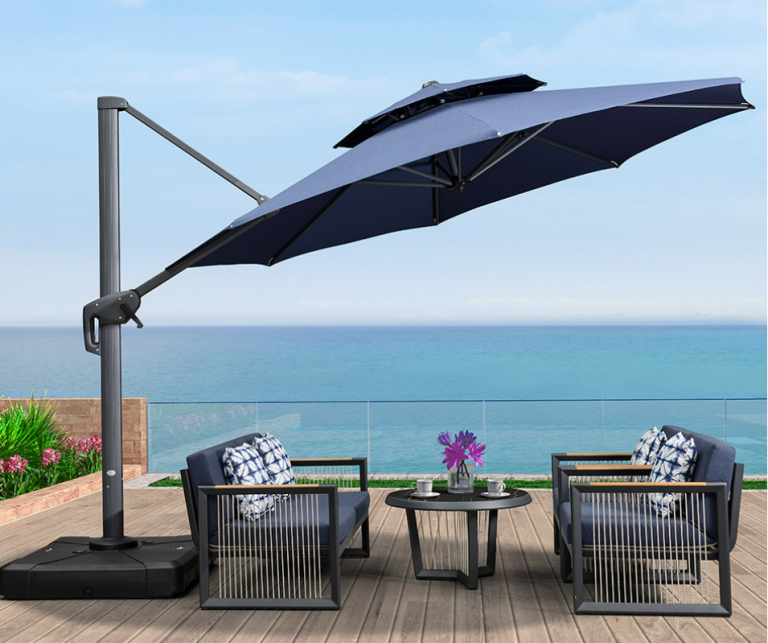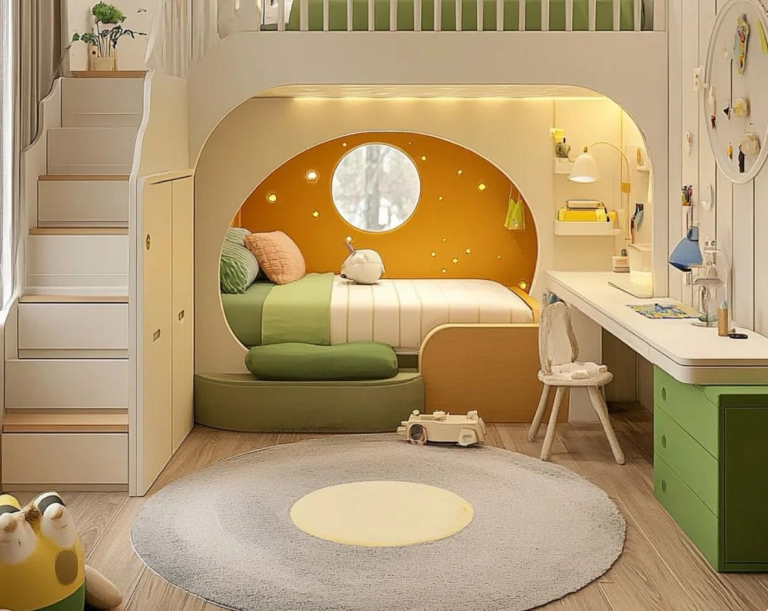

How Much Do You Know About Environmentally Friendly Furniture? Ensuring a Healthy Lifestyle
Introduction: The Hidden Impact of Conventional Furniture
Your sofa could be emitting toxins worse than city smog. That bookshelf? Possibly contributing to deforestation halfway across the globe. The furniture industry is the third-largest consumer of virgin wood worldwide, while the average piece of mass-produced furniture contains over 50 chemical compounds—many linked to respiratory issues and hormonal disruption. But there’s hope: environmentally friendly furniture offers a healthier, more sustainable alternative without sacrificing style or comfort. Let’s separate fact from fiction.
1. Defining True Eco-Friendly Furniture
Beyond Bamboo: What Really Makes Furniture Sustainable?
While bamboo gets all the attention, true sustainability considers:
✔️ Carbon footprint (local sourcing beats overseas shipping)
✔️ Social responsibility (fair wages, safe factories)
✔️ End-of-life recyclability (can it be repurposed or biodegraded?)
The Lifecycle Approach: From Sourcing to Disposal
Eco-friendly furniture thinks beyond the showroom:
- Sourcing: FSC-certified wood or agricultural byproducts (like wheat straw)
- Production: Solar-powered workshops, zero-waste cutting techniques
- Delivery: Biodegradable packaging, carbon-neutral shipping
- Disposal: Take-back programs for refurbishment
2. The Health Hazards Lurking in Traditional Furniture
VOCs and Formaldehyde: Silent Home Pollutants
That “new furniture smell”? It’s off-gassing—releasing volatile organic compounds (VOCs) like:
- Formaldehyde (used in MDF and particleboard) → Linked to nasopharyngeal cancer
- Phthalates (in vinyl upholstery) → Endocrine disruptors
- Flame retardants → Associated with neurodevelopmental issues
How Cheap Furniture Could Be Costing Your Health
A $199 particleboard dresser may save money upfront but could contribute to:
- Chronic headaches from continuous VOC exposure
- Childhood asthma exacerbated by formaldehyde
- Environmental damage from non-recyclable materials
3. The Sustainable Materials Revolution
Innovative Plant-Based Materials You Haven’t Heard Of
| Material | Source | Best For |
|---|---|---|
| Mycelium | Mushroom roots | Chair frames, lamp bases |
| Pinatex | Pineapple leaf fibers | Vegan leather upholstery |
| Kelp Foam | Ocean-farmed seaweed | Cushion filling |
Why Reclaimed Wood is More Than Just a Trend
- 200% harder than virgin wood due to natural aging
- Unique character: Each piece tells a story through nail holes and saw marks
- Carbon negative: No new trees cut, no manufacturing energy used
4. Certifications Decoded: Cutting Through the Green Noise
FSC vs. PEFC: Which Certification Matters More?
- FSC (Forest Stewardship Council): Gold standard for sustainable forestry (tracks every tree)
- PEFC: More common in Europe, allows some mixed-source materials
The Truth About “Non-Toxic” Claims
Look for GREENGUARD Gold certification—it means:
✅ <1/10th the VOC limit of conventional furniture
✅ Tested for 15,000+ chemicals
5. The Manufacturing Process: Where Sustainability Really Happens
Water-Based Finishes vs. Traditional Lacquers
- Traditional: Contains toluene (neurotoxin), takes 30 days to off-gas
- Water-based: Zero VOCs, dries in 2 hours, equally durable
How Circular Manufacturing is Changing the Game
Companies like Pentatonic are pioneering:
♻️ Furniture-as-a-service (lease instead of buy)
♻️ 100% recyclable designs (disassembles with basic tools)
6. The Price Paradox: Why Eco-Friendly Costs More (And Why It’s Worth It)
The True Cost of Cheap Furniture
A $300 particleboard bookshelf:
- Lasts 3-5 years before sagging
- Costs $200/year when replaced frequently
- Cannot be recycled, ends up in landfills
How Sustainable Furniture Pays for Itself Over Time
A $1,200 solid walnut bookcase:
- Lasts 50+ years with proper care
- Costs $24/year over its lifespan
- Increases in value as vintage piece
7. Spotting Greenwashing: A Buyer’s Survival Guide
7 Red Flags of Fake Eco-Friendly Claims
- “Eco-conscious” without certifications
- Only small parts are sustainable (e.g., “organic cushions” on a toxic frame)
- Vague terms like “natural” or “green”
- No information about factory conditions
- Plastic wrapped in “recyclable” packaging
- Prices suspiciously low for claimed materials
- No take-back or repair policy
Questions That Make Salespeople Sweat
- “Can I see your Life Cycle Assessment report?”
- “What percentage of this product is actually biodegradable?”
8. Room-by-Room Guide to Green Furnishing
The Nursery: Creating a Toxin-Free Sanctuary
- Cribs: Solid maple or birch (no MDF) with GREENGUARD Gold certification
- Mattresses: Organic cotton + coconut coir (no polyurethane foam)
The Home Office: Productivity Without Pollution
- Desks: FSC-certified teak or upcycled steel
- Chairs: 3D-knit wool upholstery (no synthetic fibers)
9. Maintenance Myths: Keeping Your Green Furniture Pristine
The Right Way to Clean Natural Wood
- Do: Damp microfiber + 1 tsp castile soap
- Don’t: Vinegar (acidic) or commercial polish (silicone buildup)
Why You Should Never Use Furniture Polish
Most contain:
✖️ Petroleum distillates
✖️ Synthetic fragrances
✖️ Silicones that clog wood pores
10. The Future of Furniture: What’s Coming Next?
Self-Repairing Materials: Science Fiction or Reality?
MIT’s self-healing polymer can seal scratches in wood when heated.
How Blockchain is Making Supply Chains Transparent
Scan a QR code to see:
🌳 The forest where your table’s wood was harvested
👷 Working conditions at the factory
📦 Carbon emissions from transportation
Conclusion: Your Action Plan for a Healthier Home
Start with one high-impact swap—a toxin-free mattress or FSC-certified dining table. Prioritize durability over disposability, and remember: true sustainability considers people, planet, and health.
FAQs About Sustainable Furniture
1. Is “solid wood” always eco-friendly?
No—unless it’s FSC-certified or reclaimed, it may contribute to deforestation.
2. How long does off-gassing last?
For conventional furniture: 6 months to 5 years (formaldehyde never fully dissipates).
3. Can I make my existing furniture safer?
Yes! Seal particleboard with AFM Safecoat Hard Seal to trap VOCs.
4. What’s the most sustainable upholstery fabric?
Organic hemp—requires no pesticides, improves soil health.
5. Are there eco-friendly furniture options for renters?
Yes! Companies like Fernish offer leased sustainable furniture.




